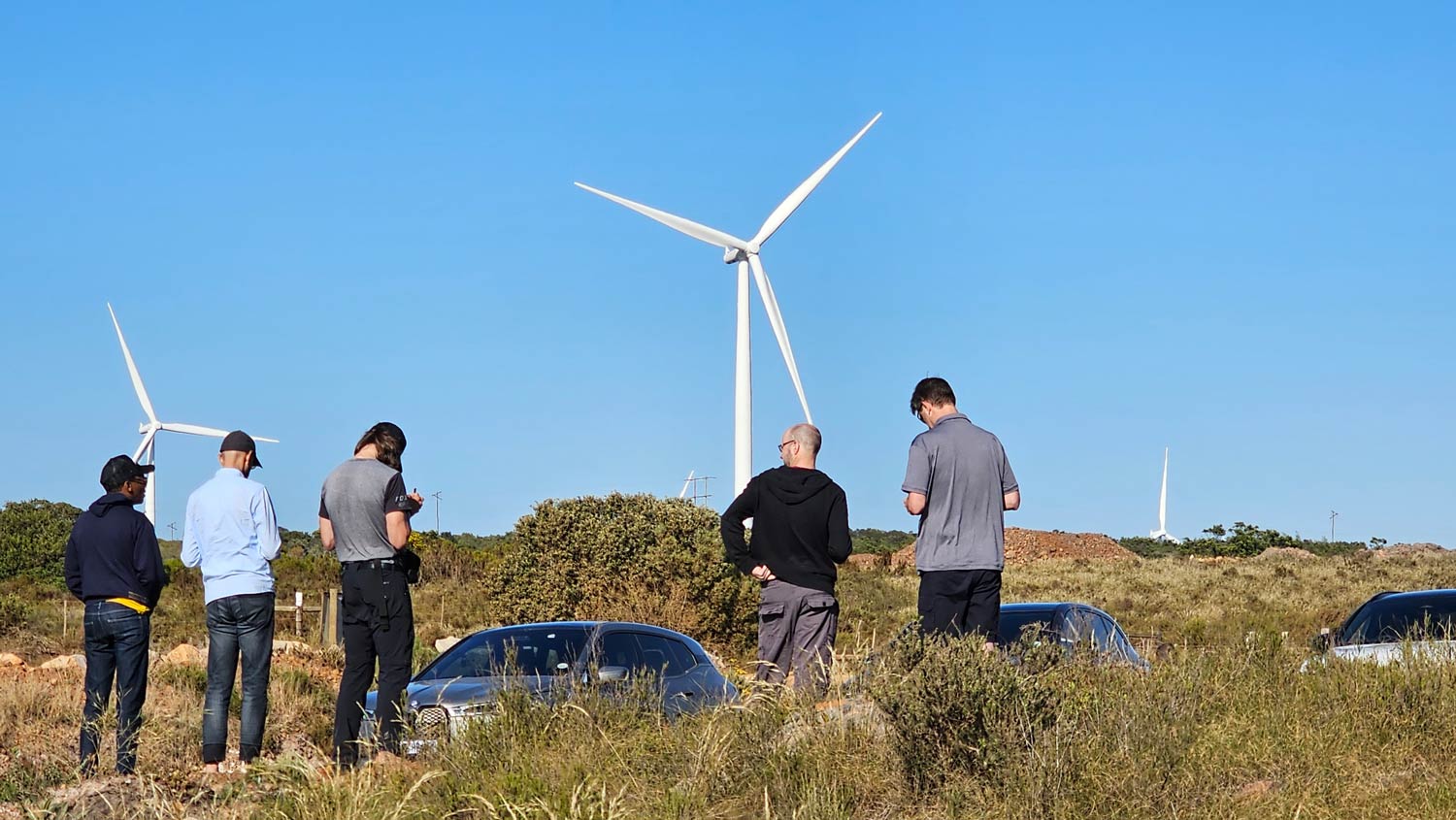Energy generation from South Africa’s renewable energy programme has grown by 280% since 2015. However, generation from the programme remains unchanged at about 8.3 TWh in the first half of 2025 compared to the same period in 2024.
That’s according to a new report from the CSIR.
The roll-out of renewable energy has been slow in South Africa due to grid capacity constraints, project delays, procurement irregularities and other factors. Last year, the CSIR reported that no new generation installed capacity was added by Eskom and independent renewable providers in 2024.
While there are a number of projects in the pipeline under government’s renewable energy independent power producer procurement programme (REIPPPP), many of them are yet to reach commercial close. Earlier this month, while giving its outlook for the summer months, Eskom said that renewable energy capacity through independent power producers was 730MW below target.
According to the CSIR’s utility-scale power generation statistics in South Africa report, published on Friday, total energy production increased marginally – 0.4% — in the first half of 2025 compared to 2024.
The addition of generation capacity and a marginal improvement in the energy availability factor, which Eskom uses to measure the performance of power stations, alleviated pressure on the power system amid declining energy demand in the first half of 2025.
The addition of new generation capacity from Eskom’s Kusile power station and two independent wind plants enhanced energy output.
By mid-2025, embedded rooftop PV capacity reached 6.8GW, led by Gauteng with 2.2GW. Estimated first-half generation from rooftop solar was around 5.4TWh, contributing about 5% of national supply. Embedded solar PV generation has increased by more than 400% since 2021.
Mind the duck
The duck curve in South Africa’s summer residual load from 2021 to 2025 shows midday troughs have deepened due to growing embedded solar PV generation, while evening peaks show steeper ramps.
This increase, with the recent decline in demand, indicates a structural shift in the country’s power market.
The CSIR said that there was an 82% reduction in load shedding in the first half of the year, with 749GWh shed off compared to 4.1TWh in 2024.
Read: Eskom working to end load reduction within 18 months
While this progress is encouraging for growth, higher tariffs remain a concern.
“National average tariffs have risen 190% since 2014, mostly above inflation, with the projected 2026 hike (8.76%) exceeding the 4.5% CPI forecast and are now above utility-scale solar photovoltaic levelised cost of electricity,” it said.

The CSIR said demand for grid electricity continues to trend down. The peak demand is 3% lower in the first half of 2025 compared to the peak demand recorded in the first half of 2024.
This is mostly due to the sustained growth of private sector embedded generation and higher grid electricity prices.
Read: 10 biggest wind energy projects in South Africa
The increase in electricity prices before 2008 were mostly below inflation. – © 2025 NewsCentral Media
Get breaking news from TechCentral on WhatsApp. Sign up here.



